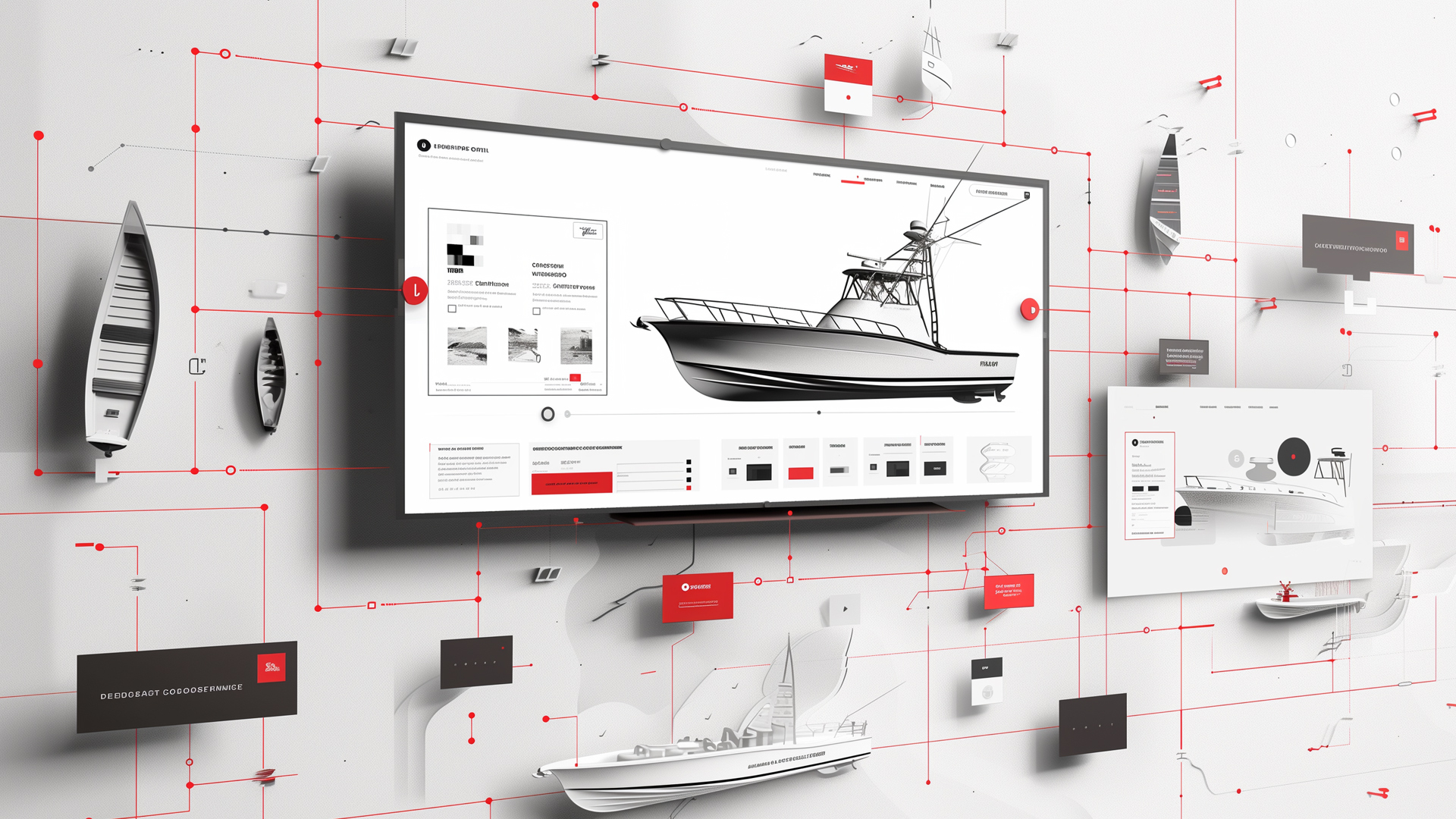- 2D
- AI
- 12.20.2024
Leveraging AI to Streamline Visual Asset Creation for 2D Product Configurators

In today’s fast-paced digital world, businesses need to produce high-quality visuals quickly and efficiently. For industries that rely on product configurators—such as automotive, marine, furniture design, or OEMs—this can be especially challenging. Configurators require a wide array of visuals to represent every possible product variation, from different colors to customizable materials. Traditionally, this process has been labor-intensive and prone to errors. However, artificial intelligence (AI) offers transformative solutions to simplify and accelerate the creation of visual assets, especially for 2D product configurators.
Related: How Bonsai Media Group Leverages AI for Next-Level Content Creation
AI-Powered Workflow Automation
The traditional process of creating visual assets for 2D product configurators involves multiple, often repetitive steps. This includes preparing models, setting up lighting for various product views, applying materials and textures, and performing post-production touch-ups. Managing hundreds—or even thousands—of visual variants manually can be time-consuming, with a high risk of human error. But with AI, much of this process can now be automated.
AI-driven automation tools can handle tasks like rendering individual components and ensuring that each material variation is accurately represented. For instance, AI scripting can automate object selection and rendering within 3D software like 3ds Max. This allows designers to focus on creative decisions, while AI handles the repetitive tasks, speeding up production and ensuring accuracy.
Tackling Visual Asset Creation Challenges with AI
One of the most significant challenges in visual asset creation is the time it takes to manually render each product variation, especially when working with complex designs. With AI, teams can automate rendering tasks, drastically reducing the need for manual intervention. By integrating AI into the rendering process, you can instruct the system to automatically select specific parts of the product to render with perfect masks.
AI tools can generate scripts that streamline the rendering process. For example, instead of manually selecting each part of a product and rendering it one by one, AI-powered automation allows you to batch-render multiple product views and materials overnight. This significantly cuts down on production time, enabling faster project completion without compromising on quality.
Eliminating Post-Production Bottlenecks
Post-production is another area where AI shines. Typically, visual assets require color adjustments and touch-ups in programs like Photoshop before they can be used in product configurators. This process often involves tweaking each color to ensure consistency across product variations—especially challenging when working with materials that have specific reflectivity or texture properties.
Tools like V-Ray’s frame buffer, combined with advanced selection tools like Cryptomatte, can simplify post-production. These tools allow designers to adjust colors and materials within the rendering environment itself, eliminating the need for external editing software. This not only speeds up the process, but also ensures a higher level of color accuracy, reducing the likelihood of errors and rework.
Related: Gamification: A Fresh Approach to Boosting Engagement
Reducing Human Error with AI and automated processes
Human error is one of the biggest risks in a manual visual production process. From incorrectly named files to rendering the wrong product component, small mistakes can lead to hours of lost time. AI reduces the chances of these errors by automating repetitive tasks and maintaining consistent naming conventions. For example, rather than manually naming each file for every product variation, AI can automatically assign names based on a predefined structure. This ensures that all assets are correctly named and categorized, making it easier to manage large projects.
AI can also help optimize the rendering process by automatically selecting the correct objects and frames to render, reducing the need for manual intervention. This is especially useful when working with hundreds of variations, as the system can be programmed to render only the necessary components, ensuring accuracy and saving time.
The Future of AI in Visual Asset Creation
The integration of AI into the workflow of creating visual assets for product configurators is still evolving, but its potential is already evident. By automating routine tasks like rendering, adjusting colors, and naming files, AI allows designers and production teams to focus on the creative aspects of their work. In the future, AI will continue to enhance the efficiency of visual production, reducing project timelines and increasing overall productivity.
AI can significantly streamline the creation of 2D product configurators by automating repetitive tasks, reducing human error, and accelerating production timelines. Whether you’re working on rendering product variations, fine-tuning materials and lighting, or managing large libraries of visual assets, AI offers a powerful toolset to optimize your workflow. As AI technology continues to advance, its role in visual asset creation will only grow, helping businesses deliver high-quality visuals faster and more efficiently than ever before.
Ready to streamline your visual asset creation and revolutionize your product configurators? Contact Bonsai Media Group today to get started!